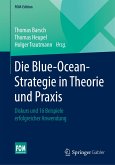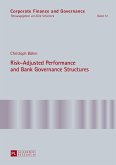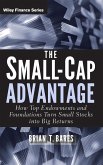One of the major goals in strategic management research is to identify firm-related and ind- try-related sources and determinants of profitability differences among firms. Accordingly, essential theoretical views explaining superior economic performance of firms include (1) competitive advantages realized by firms compared to their rivals and (2) industry structural characteristics. Both became prominent in strategic management research by the seminal work of Michael Porter who originally distinguished two corresponding performance effects, the positioning effect and the industry effect. Many empirical studies have already been c- ducted on these issues. The majority considered market entry barriers and industry concent- tion (as external factors), competitive strategies and resources/ capabilities (as internal f- tors) and strategic group membership (as an intermediate factor). From a strategic and long-term perspective, the sustainability of superior economic perfo- ance is of particular interest. Considerably less empirical studies have been conducted with respect to this topic. And there is no empirical study to date existing that has quantified for different industries the time span over which firms had been able to attain superior economic performance. Thomas Fritz bridges this research gap with his PhD thesis by determining the competitive advantage period (CAP) and the industry advantage period (IAP). He gives - sights concerning the sustainability of performance differences at both the intra-industry and inter-industry level.








